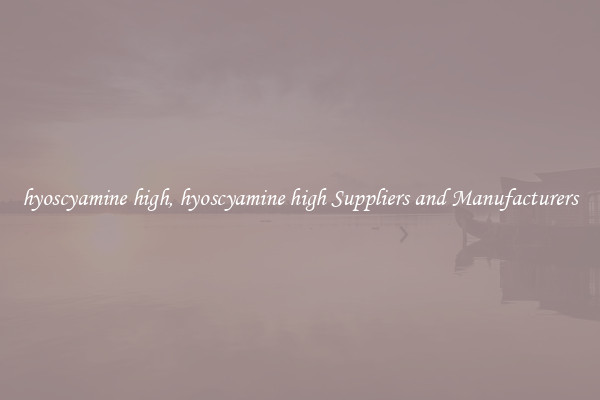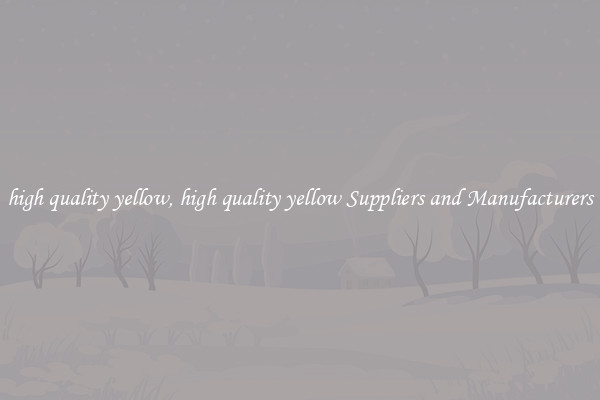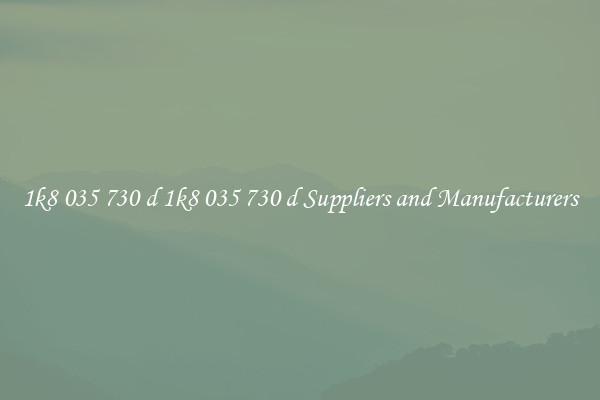hyoscyamine high, hyoscyamine high Suppliers and Manufacturers
Hyoscyamine is a naturally occurring chemical found in certain plants, including deadly nightshade (Atropa belladonna), henbane (Hyoscyamus niger), and jimsonweed (Datura stramonium). It belongs to a class of compounds called anticholinergics, which block the activity of a neurotransmitter called acetylcholine in the central and peripheral nervous systems. Hyoscyamine has been used for centuries for its medicinal properties, particularly as an antispasmodic and an antimuscarinic agent.

In recent years, there has been a growing trend of individuals seeking a hyoscyamine high, in which they intentionally ingest or inhale high doses of the compound in order to experience its psychoactive effects. This has led to the emergence of a market for hyoscyamine high suppliers and manufacturers, who provide concentrated forms of the compound to cater to this demand.
There are several ways in which individuals may attempt to achieve a hyoscyamine high. Ingesting high doses of hyoscyamine tablets or capsules is one method, while others may smoke dried leaves or extracts of the plants containing hyoscyamine. However, it is important to note that hyoscyamine is a potent compound and can be toxic at high doses. The recreational use of hyoscyamine is illegal in many countries due to its potential for abuse and harmful effects.
The purity and safety of hyoscyamine products produced by suppliers and manufacturers can vary greatly. In some cases, these products may be adulterated with other substances or may not contain the stated amount of hyoscyamine. This poses a significant risk to individuals seeking a hyoscyamine high, as they may inadvertently ingest dangerous levels of the compound or be exposed to other harmful substances.
One of the challenges in regulating the production and distribution of hyoscyamine high products is the lack of oversight and standardized testing protocols. Unlike pharmaceutical drugs, which undergo rigorous testing and quality control measures, hyoscyamine products produced for recreational use operate in a largely unregulated market. This creates a significant risk for consumers who are unable to verify the safety and purity of the products they are purchasing.
To address this issue, it is crucial for regulatory agencies and authorities to increase their focus on the monitoring and enforcement of regulations related to hyoscyamine products. This includes regular inspections of manufacturing facilities, testing of products for purity and potency, and crackdowns on illegal distribution channels.
Additionally, public education campaigns should be developed to raise awareness of the potential dangers associated with the recreational use of hyoscyamine. Individuals need to be informed about the risks of overdose, the potential for adverse reactions, and the legal consequences of using hyoscyamine for non-medical purposes.
In conclusion, the hyoscyamine high trend and the emergence of suppliers and manufacturers catering to this demand raise significant concerns for public health and safety. The recreational use of hyoscyamine can be extremely dangerous, and individuals should be cautious and avoid attempting to achieve a hyoscyamine high. Regulatory agencies and authorities need to take action to ensure the safety and integrity of products in this market and to educate the public about the risks associated with their use.

View details

View details

View details

View details








